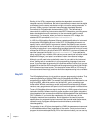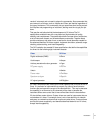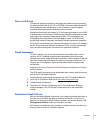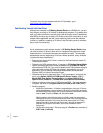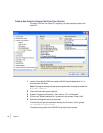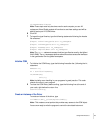
12
Chapter 1
•
•
•
•
•
•
IVI drivers conform to and are documented according to the IVI specifications and
usually display the standard IVI logo.
Note
: For more information on the types of IVI drivers, refer to Chapter 11,
Advanced Topics.
Why Use an IVI Driver?
Why choose IVI drivers over other possibilities? Because IVI drivers can increase
performance and flexibility for more intricate test applications. Here are a few of the
benefits:
Consistency
– IVI drivers all follow a common model of how to control the
instrument. That saves you time when you
need to use a new instrument.
Ease of use
– IVI drivers feature enhanced ease of use in popular Application
Development Environments (ADEs). The APIs provide fast, intuitive access to
functions. IVI drivers use technology that naturally integrates in many different
software environments.
Quality
–
IVI drivers focus on common commands, desirable options, and
rigorous testing to ensure driver quality.
Simulation –
IVI drivers allow code development and testing even when an
instrument is unavailable. That reduces the need for scarce hardware resources
and simplifies test of
measurement applications. The example programs in this
document use this feature.
Range checking –
IVI drivers ensure the parameters you use are within
appropriate ranges for an instrument.
State caching –
IVI drivers keep
track of an instrument’s status so that I/O is only
performed when necessary, preventing redundant configuration commands from
being sent. This can significantly improve test system performance.
Interchangeability –
IVI drivers enable exchange of instruments with minimal
code changes, reducing the time and effort needed to integrate measurement
devices into new or existing systems. The IVI class specifications provide syntactic
interchangeability but may not provide behavioral interchangeability.
In other
words, the program may run on two different instruments but the results may
not be the same due to differences in the way the instrument itself functions.









